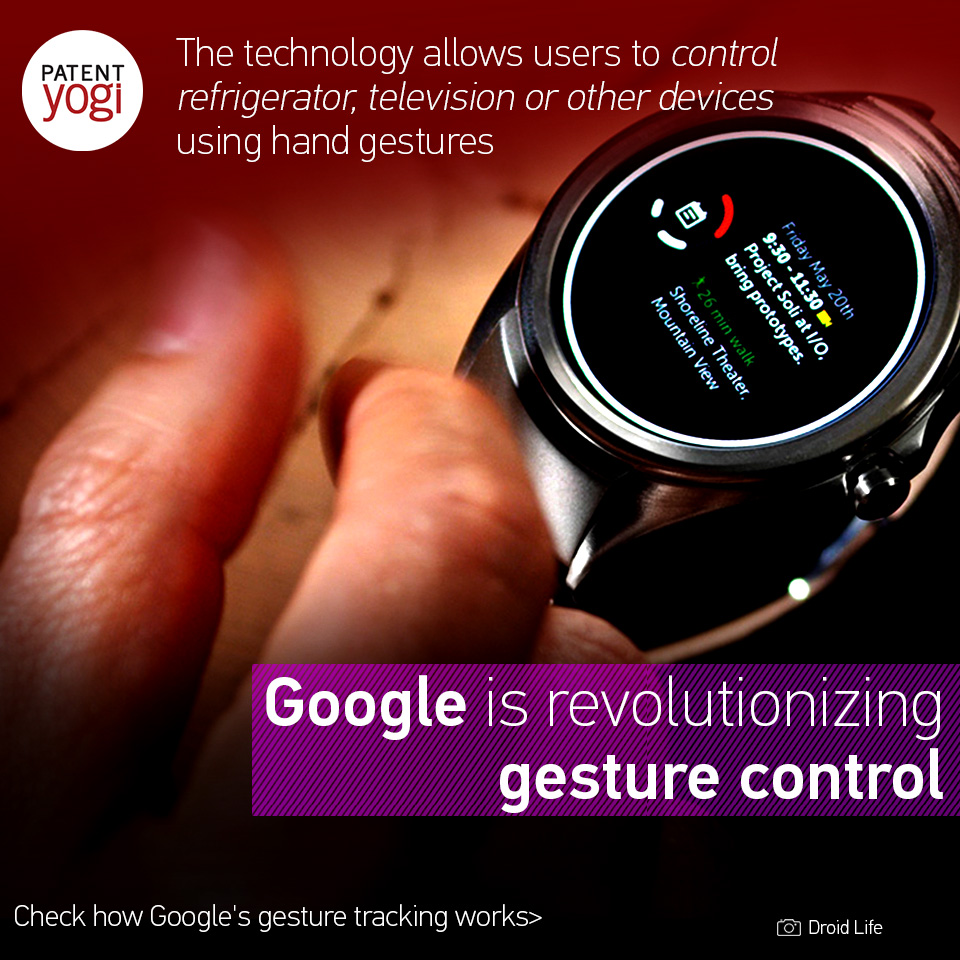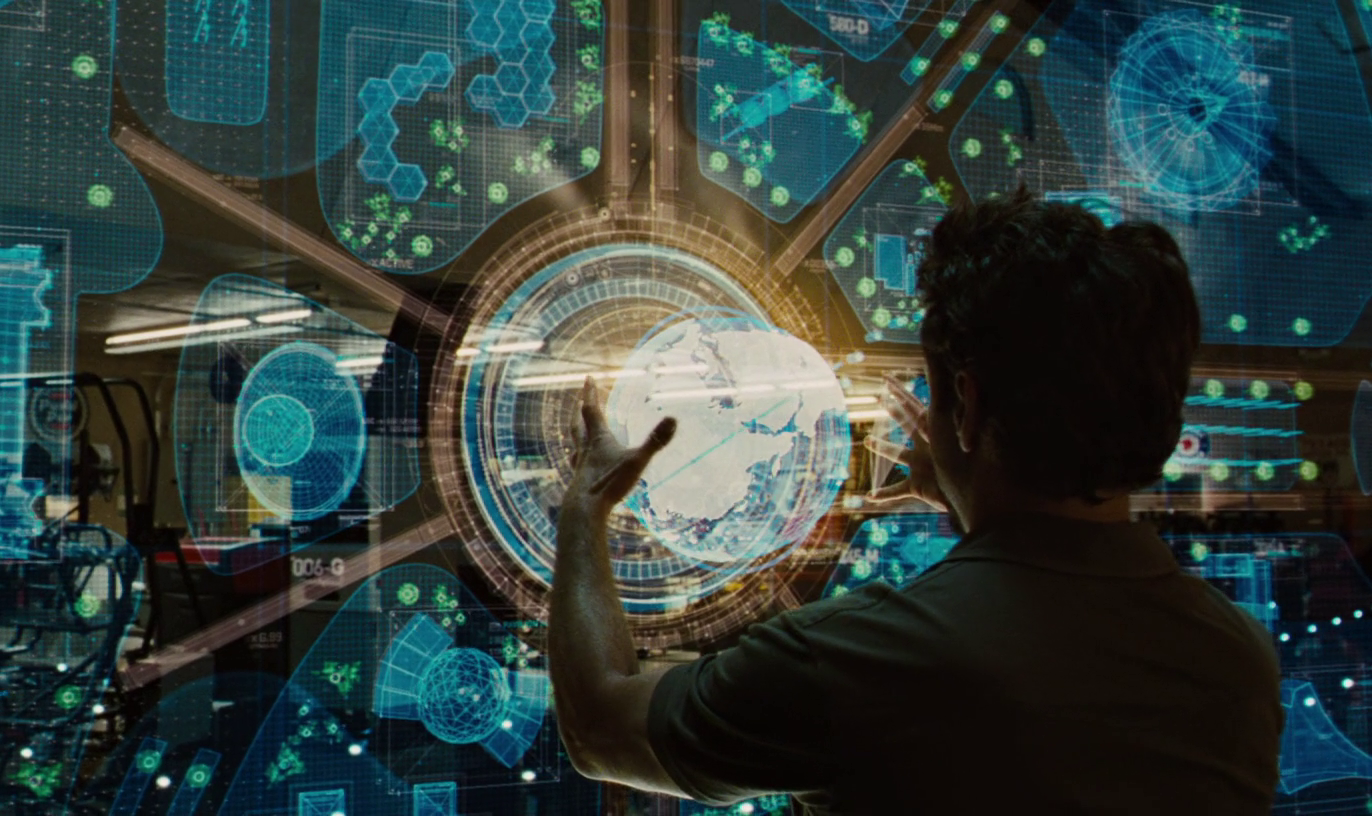Gesture-controlled future has been a constant theme of science-fiction movies. This is one science-fiction technology that is nearing market implementation.
A recent patent application from Google indicates that Google is set to revolutionize the gesture control.
Small-screen computing devices continue to proliferate, such as smartphones and computing bracelets, rings, and watches. However, many people find it difficult to interact with these devices through virtual keyboards, as they often result in slow and inaccurate inputs.
Therefore, many companies are developing screen-based gesture recognition techniques. For example, optical finger- and hand-tracking techniques have been developed, which enable gesture tracking not made on the screen. These optical techniques have been large, costly, or inaccurate thereby limiting their usefulness in addressing usability issues with small-screen computing devices. Another recently developed technology uses radar to track gestures. Current radar techniques, however, often require a large antenna array and suffer from numerous practical difficulties.
Therefore, Google has developed a wide-field radar-based gesture recognition. The system can accurately recognize gestures that are made in three dimensions, such as non-screen or “in-the-air” gestures. These in-the-air gestures can be made from varying distances, such as from a person sitting on a couch to control a television, a person standing in a kitchen to control an oven or refrigerator, or centimeters from a computing watch’s small-screen display.
The gestures are mapped to various applications and devices, thereby enabling control of many devices and applications. Many complex and unique gestures can also be recognized by the patented wide-field radar-based gesture-recognition, thereby permitting precise and single-gesture control, even for multiple applications.
This technology seems to be straight out of an Ironman movie!
The wide-field radar-based gesture-recognition system includes a radar-emitting element and an antenna element. The radar-emitting element is configured to provide wide-field radar in contrast to narrow-beam-scanning radar fields. A large contiguous field is used, rather than a beam-scanning field. The reflections in that field are received by one or multiple antennas. This reflection signal includes many signals and signal elements. The large radar field and large-field reflections are received at a receiver but the signal received is processed by digitally breaking up the received reflections. The broken-up signals are then analyzed separately to determine the gesture performed by a user.
Publication number: US 20160320852
Patent Title: Wide-Field Radar-Based Gesture Recognition
Publication date: 3 Nov 2016
Filing date: 29 Apr 2016
Inventors: Ivan Poupyrev;
Original Assignee: Google Inc.



